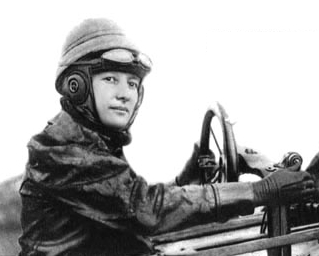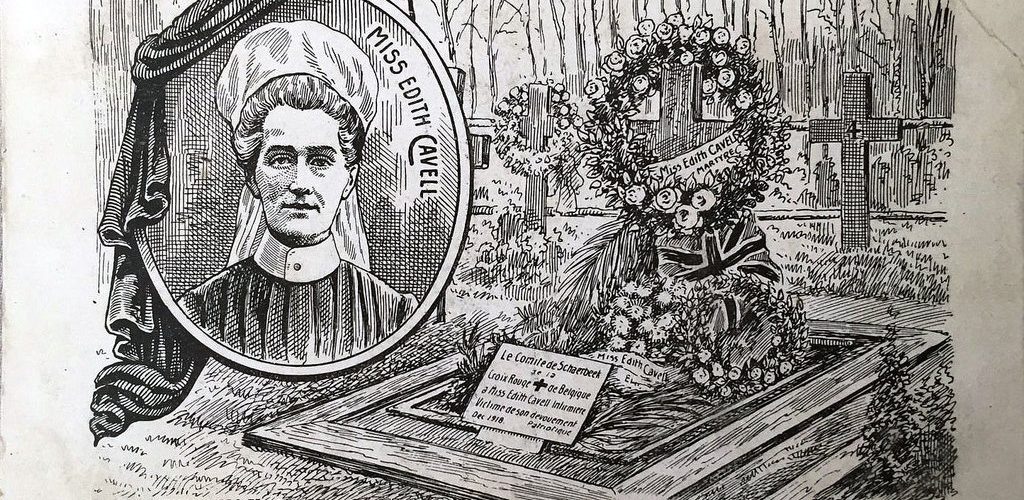Ah yes, the great Escape Room. They’ve swept across the world in the last few years, followed by a trail of awkward selfies with weird props and increasingly confusing themes (see below…). But where did they come from?
“In 1203 AD, a mysterious tale reached the shores of England. Sailors spoke of a room containing riches beyond imagination, that could be accessed if the seeker was brave, clever and quick enough to find them. But if they failed to escape within one hour…they would be trapped in an underground bunker forever, doomed to die amongst the puzzles they failed to solve.”
– William of Newburgh, Anglo Saxon Chronicler and Historian

It was at this moment that Susan remembered how much she hated mazes. Photo by Maksym Kaharlytskyi on Unsplash
I made that bit up. There are no Escape Rooms in Anglo-Saxon chronicles (as far as we know) and their origins are somewhat more prosaic. Treasure hunts and puzzles have existed in some form or another since…well, since one person knew where something was but wanted to make it harder to find. Labyrinths and mazes provide some early examples – treasure maps are another. Socialite Elsa Maxwell was credited with the invention of the treasure hunt as a party pursuit – in her own words, it was a good opportunity to pair people off and create mischief as they inevitably disappeared into bushes and hooked up. Something to consider when choosing a partner for an Escape Room.
A more recognisable version of Escape Rooms arrived with platform video games – designers carefully built levels to make players hunt for clues and solve puzzles. (Personally, I still remember the summer of 2001 when I spent weeks on Harry Potter and the Philosopher’s Stone on Gameboy Color and still couldn’t find the Asphodel Root. Message me if you want to know where it is). Another possible inspiration came in the form of game shows such as Jungle Run and The Crystal Maze, which became popular in the 1980s and 1990s. They involved interlinked challenges and teams were rewarded for solving puzzles and obtaining special items to help them along the way. And who could forget Trapped! – that borderline-creepy show on CBBC which made small children solve puzzles to escape an old man, all whilst one of their friends was secretly sabotaging them. Nowadays, you can achieve the same effect by taking the most unhelpful person you know as part of your Escape Room team.

Most Escape Rooms come equipped with an equally Sardonic Games Master. Photo: The Crystal Maze
The culmination of this came with Crimson Room, a video game designed by Toshimitsy Takagi and released in 2004. It featured room-based challenges, and forced the player to collaborate in order to progress through different levels. In 2007, the Japanese company SCRAP took this concept one step further and created real-life escape rooms, based around different themes. From here, the concept spread across Asia and into Europe, eventually reaching across the globe.
Escape Rooms in Popular Culture
Escape Rooms are now sufficiently popular across the globe that they’ve started to crop up in popular culture. They’ve appeared on shows as diverse as Modern Family, Brooklyn 99, Conan O’Brien, My Little Pony, Castle, The Big Bang Theory and even Sherlock in one form or another. Perhaps unsurprisingly given the horror genre’s affinity with problem solving (looking at you, Saw), an escape room themed film (imaginatively entitled Escape Room) was released in 2019, with a sequel to follow in 2020.
It’s pretty likely that the craze is here to stay. If you’re new to it all, just to start you off we’ve found some the weirdest escape room themes out there:
- Komnata Quest – an “adult” escape room aimed at couples (would love to know the divorce statistics on this one)
- The Black Book – find very specific evidence of Government corruption (In case you couldn’t get enough of Bodyguard and felt like you had to BE Richard Madden. Sex with the Home Secretary not included)
- Escape the Plane! (Samuel L Jackson not included)
- Pet-Snatched! Rescue the Pet-napped Emu (and question your life choices?)
Why are you talking about Escape Rooms on a theatre blog?
I’m so pleased you asked. We’ve got something quite exciting in store for Edinburgh Festival Fringe 2019. It involves spies, quests and enough running around alleyways to make Elsa Maxwell very happy. Keep your eyes peeled for more information in the next few months…
Cover photo by Dariusz Sankowski on Unsplash









